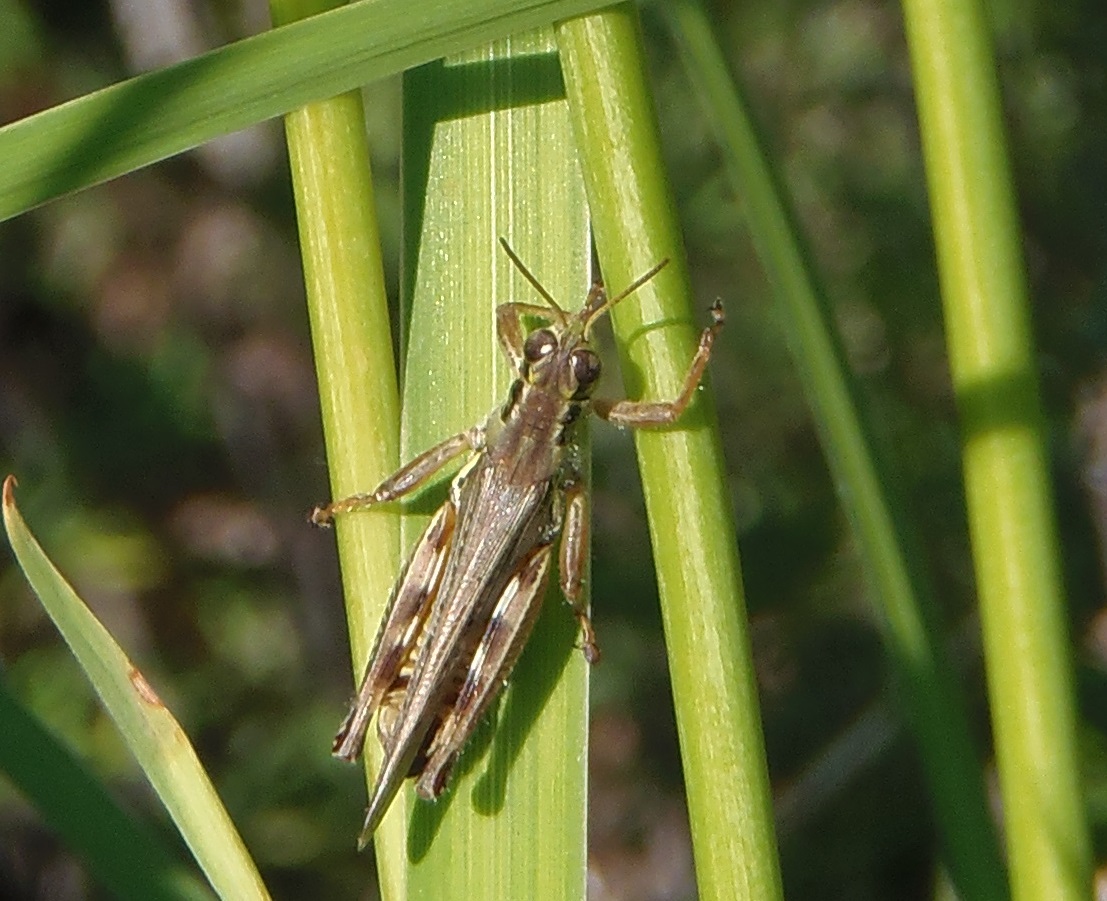A lot of people remove the milkweed from their gardens but we let them grow because they have lovely sweet smelling flowers that attracts insects but more importantly they are the primary food source for the monarch butterfly caterpillar. The milkweed plant can be eaten by people too! And the milky sap has medicinal properties. Supposedly it is good for getting rid of warts!
All this is very interesting stuff so you are probably asking yourself what does milkweed have to do with quilting? Plenty!
When milkweed pods ripen the burst open and inside are small dark seeds attached to a bit of silky fluff which acts like a parachute to carry the seed away from the parent seed and hopefully it will find purchase in new soil. The silky fluff has long been used for a variety of purposes. It is naturally buoyant so it can be used for flotation devices. First nations peoples used it to line diapers and the pioneers used it to stuff mattresses, comforters and pillows. It can also be spun and used for knitting. And for us quilters, the silky fluff can be used for batting.
I have a binder where I store interesting articles related to quilting. Back in November 1993 there was an article by Frances Eckhardt in Quilters Newsletter Magazine (page 32) and it was titled Nature's Quilt Batt.
Frances wrote that she collects the pods in a large bag. She processes the fluff in a draft free area. She splits the pods to release the fluff. She removes any twigs or unwanted bits and then puts the fluff in a pillowcase or a paper bag to dry for several days to several weeks. A plastic bag should not be used because the fluff is damp and will mildew. The final step is to separate the fluff from the seeds. To do this she takes small batches of fluff and puts it in a plastic bag. She blows air into the bag before closing it like a balloon. She bounces the bag and the seeds will release from the fluff and fall into the corner. Now the fluff is ready to be used. She wrote that she lays the fluff out on the quilt back to the desired thickness and then covers it with the quilt top. It is closely basted with a needle and thread. Frances recommends close quilting because the fibres are not bonded as with commercial batts.
She writes that she has used milkweed batt successfully in many sizes of quilts and that they have withstood multiple machine washings in cold water with a gentle detergent. The fluff didn't bunch, shift or ball all!
So there you have it - if in September you find yourself in need of a quilt batt and it isn't in the budget, take a walk in a meadow and harvest some milkweed pods!
UPDATE: There have been several comments about milkweed
and I believe it is a North American plant. It is a dietary staple for monarch
butterflies in the larval stage. In addition to using the fibres from the seed
pods for quilt batts they also have another important application. They are an
absorbent that can be used to clean up oil spills! Milkweed fibres absorb oil
but repel water and that makes them unique! The fibres are four times more
absorbent than polypropylene which is the artificial product currently
used in oil spills. Because they are more absorbent this means less material is
required making them more cost effective than the alternative. A co-operative
of 20 farms has been set-up in the province of Quebec and they will grow 325 hectares
of milkweed. Maybe commercially made milkweed quilt batts will be in our
future!
Well I've got hundreds of tiny hourglass blocks to make so just like this little fellow in the picture below, I had better hop to it!
Until I post again, happy sewing!







The things I learn while reading your blog. Amazing stuff I never even knew about before :)
ReplyDeleteThe butterflies are beautifully embroidered, butterflies are already in the list of my favourite creatures, but you make me love them even more with all the beautiful embroideries of them :)
There are so much interesting things to share and blogging just makes it easier to share and learn! The embroidery was done by my Mom. She really does a lovely job! And butterflies are on my list of favourites - the story of their life cycle is pretty amazing!
Deletehow fascinating. I don't think we have milkweed here in England.
ReplyDelete